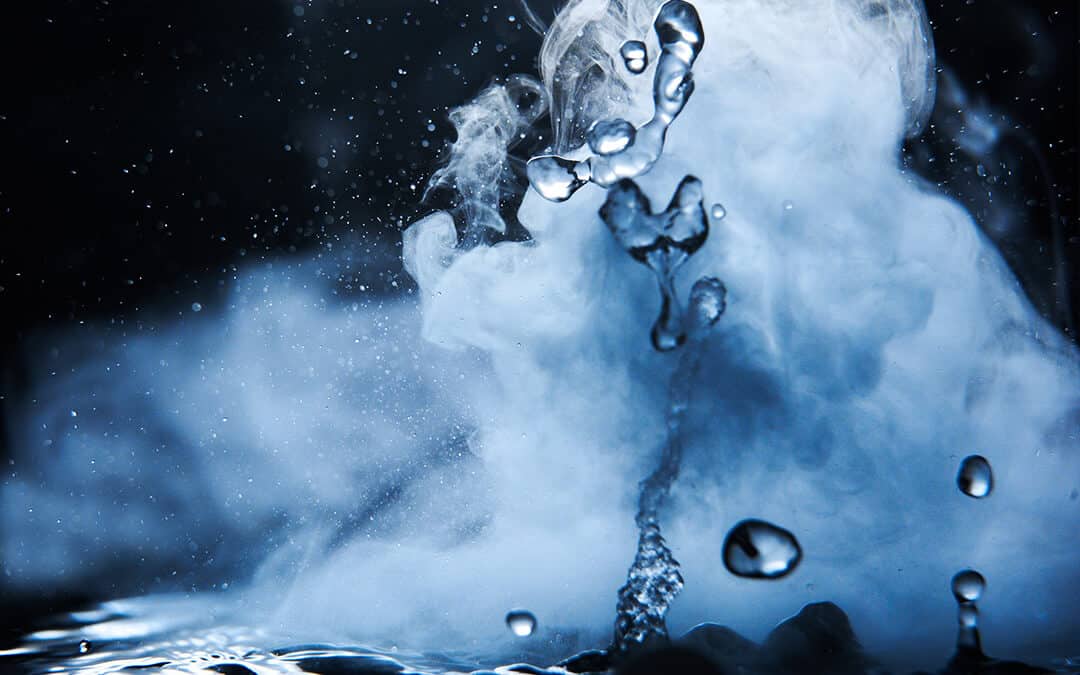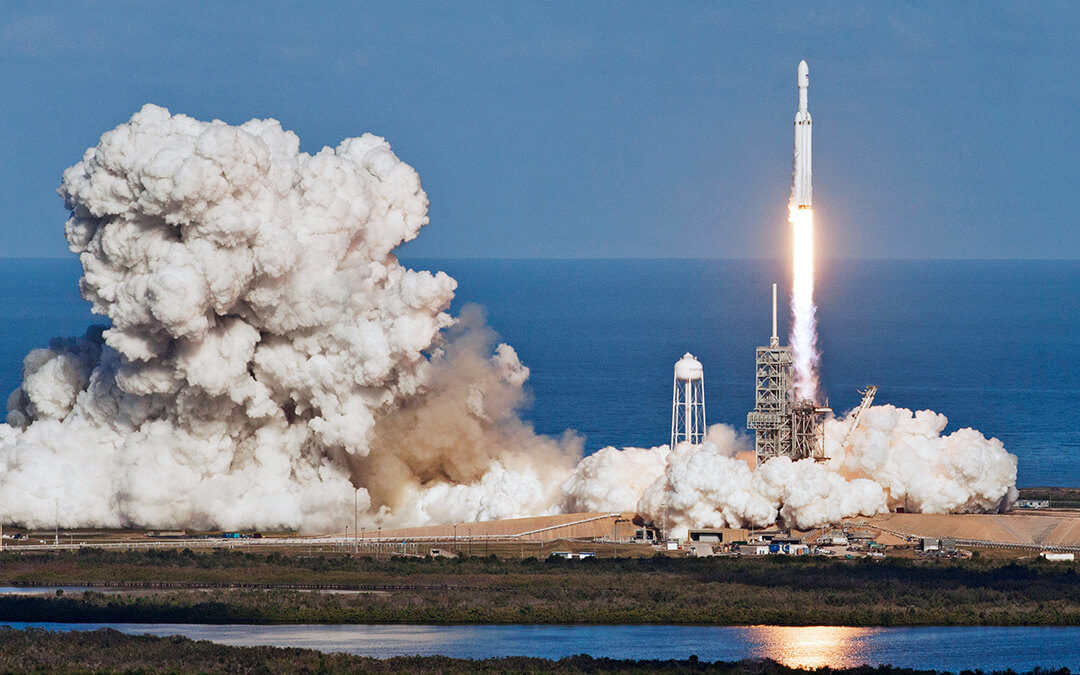Recently, in the midst of the COVID pandemic, quarantine, and economic downturns, the United States Space Program was still going strong. On May 30, the U.S. launched the SpaceX Falcon 9 Rocket, a rocket that was propelled, in part, by oxygen. And even though the number of coronavirus cases spiked at that time, likely due to the gathering of large numbers of people for the preparation and launch period, according to the Brevard Times, the space voyage continued.
Background to the Liquid Oxygen-Propelled Rocket Launch
SpaceX, a corporation founded in 2002 by millionaire entrepreneur Elon Musk, has been bent on developing a small “Falcon” launch vehicle and rocket engines to power it. Why? Well, to bring humans into outer space, of course: “Falcon 9…was designed from the outset to deliver humans into space, a goal on the cusp of being achieved,” notes NASA.

Interestingly, the role that oxygen—or liquid oxygen (also known as LOX), to be more precise—played in Falcon 9’s flight cannot be underestimated. As NASA states:
“Falcon 9’s first stage incorporates nine Merlin engines and aluminum-lithium alloy tanks containing liquid oxygen (LOX) and rocket-grade kerosene (RP-1) propellant.”
This rocket, capable of generating more than 1.7 million pounds of thrust at sea level, also produces over 1.8 million pounds of thrust in space (a vacuum!). This is no small feat!
How Was the Ride?
According to astronauts who’d been around the block a time or two, the ride in Falcon 9 into outer space was better than they’d ever experienced. It was surprisingly smooth, said Bob Behnken, an astronaut who’s been on former space shuttle missions. According to the Washington Post:
“One of the main differences, [astronauts] said, was that the shuttle had two solid rocket motors that thunder on their way to orbit. While powerful, solid motors can’t be turned off once ignited. SpaceX’s Falcon 9 uses only liquid propellants, rocket-grade kerosene and liquid oxygen, and the result was a relatively fluid flight.”
On May 30, 2020, the Falcon 9—the first orbital class rocket capable of reflight according to NASA— achieved history in its test flight, making a vertical landing on a drone ship called “Of Course I Still Love You,” docked offshore in the Atlantic.
Conclusion
The role of oxygen (and liquid oxygen) in the lives of human beings and in the interplay between space and the Earth is just beginning to become more and more apparent as space exploration rockets into the twenty-first century.
To learn more about CalOx’s services and offerings, contact us today.
